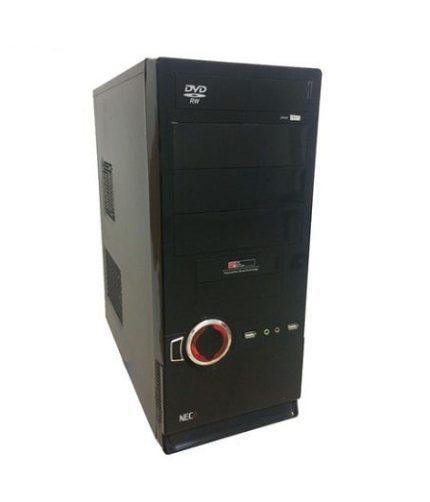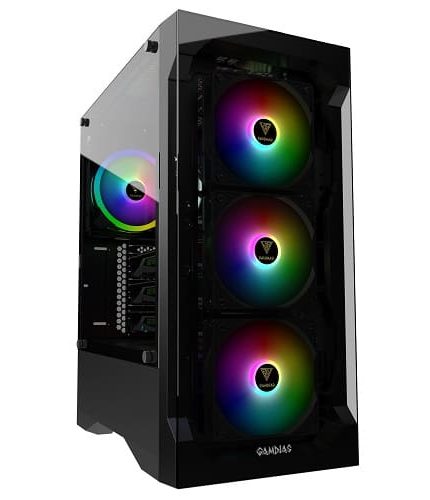In the fast-paced world of Forex trading, where split-second selections can make or break fortunes, the emergence of automated trading systems (ATS) has reshaped the landscape. These systems, pushed by algorithms and executed by computers, promise effectivity, speed, and emotion-free trading. Nevertheless, like any technological innovation, they come with their own set of advantages and drawbacks. In this article, we delve into the pros and cons of automated trading systems for Forex traders.
Pros:
Speed and Effectivity: One of the most significant advantages of ATS is their speed. They’ll execute trades in milliseconds, far quicker than any human trader could. This fast execution is crucial in Forex markets, where costs can fluctuate rapidly. Moreover, automated systems can handle multiple trades simultaneously, increasing efficiency and permitting traders to capitalize on fleeting opportunities.
Emotion-Free Trading: Emotions typically cloud human judgment, leading to impulsive decisions and irrational behavior. Automated trading systems remove this factor by executing trades based solely on pre-defined criteria and algorithms. They stick to the plan, regardless of market volatility or external influences, thus reducing the risk of pricey mistakes pushed by worry or greed.
Backtesting and Optimization: Earlier than deploying an automated trading strategy, traders can totally backtest it utilizing historical data. This allows them to evaluate its performance, establish potential flaws, and optimize parameters for higher results. Backtesting provides invaluable insights that can help refine strategies and increase their robustness, leading to more constant returns over time.
24/7 Market Monitoring: Forex markets operate around the clock throughout different time zones. Monitoring these markets constantly will be physically and mentally exhausting for human traders. Automated systems, however, can analyze market conditions and execute trades at any time of the day or night time, guaranteeing that opportunities are usually not missed even when traders are asleep or occupied with different tasks.
Cons:
Over-Reliance on Technology: While automation provides quite a few benefits, it additionally comes with the risk of over-reliance on technology. Technical glitches, system failures, or connectivity issues can disrupt trading operations and lead to significant losses. Moreover, in the event of a black swan event or unprecedented market conditions, automated systems might wrestle to adapt, exacerbating losses or amplifying volatility
Lack of Human Judgment: While emotion-free trading is touted as a benefit, it can be a drawback. Automated systems operate based mostly on predefined rules and algorithms, lacking the intuition and judgment that human traders possess. They may wrestle to interpret complex market signals, adapt to altering conditions, or factor in qualitative factors that can’t be quantified, probably leading to suboptimal determination-making.
Over-Optimization and Curve Fitting: Throughout the backtesting and optimization process, there is a risk of overfitting the trading strategy to data. This phenomenon, known as curve fitting, happens when the strategy performs exceptionally well on past data but fails to deliver related ends in live trading. Traders must strike a balance between optimizing their strategies for historical performance and ensuring their robustness in real-world conditions.
Market Manipulation and Liquidity Concerns: The rise of automated trading has raised considerations about market manipulation, particularly within the Forex market, which is decentralized and largely unregulated. High-frequency trading (HFT) algorithms can exacerbate market volatility and lead to flash crashes, impacting liquidity and market stability. Traders must navigate these risks and remain vigilant to keep away from being caught off guard by sudden market movements.
In conclusion, automated trading systems provide a host of benefits for Forex traders, including speed, effectivity, and emotion-free trading. Nevertheless, in addition they pose challenges similar to technological risks, lack of human judgment, and issues about market manipulation. To harness the total potential of automated trading, traders must strike a balance between leveraging technology and retaining human oversight, while repeatedly adapting their strategies to evolving market conditions.
If you have any queries concerning the place and how to use Forex economic calendar and its importance, you can call us at the web site.














